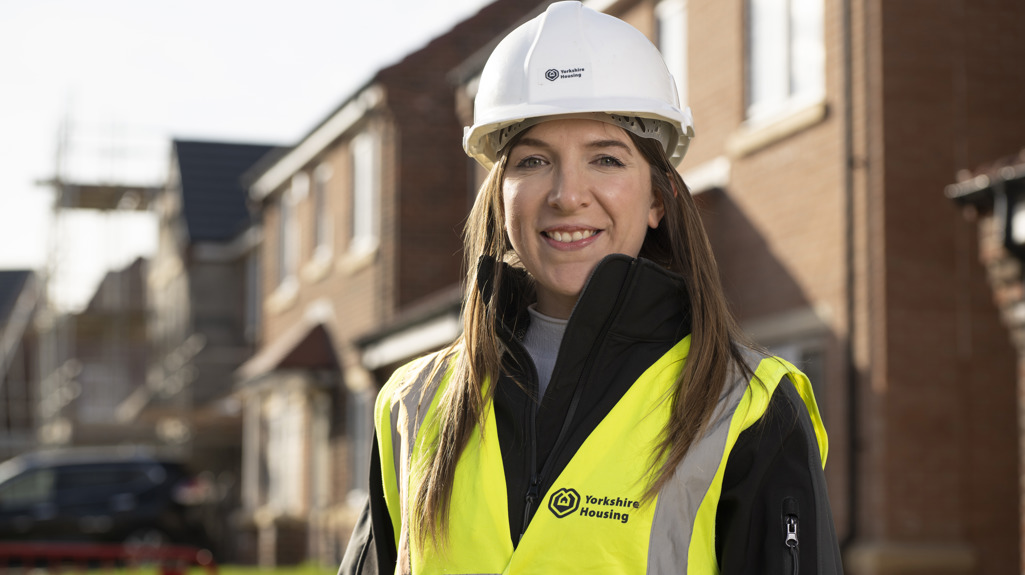International Women’s Day has been celebrated since 1911. And it’s two-fold message remains the same as when it began – to celebrate the social, economic, cultural, and political achievements of women, but also mark a call to action for accelerating gender parity.
In construction only 14% of the workforce are female. In fact, it’s currently the industry with the largest gender imbalance. So, why are women underrepresented in construction? And how can we encourage more women into the sector?
Construction is an industry with a reputation for being a harsh and forbidding environment. One where women, including myself, sometimes struggled to be heard.
I’d always been interested in property and development but never really considered it as a career. Then, after university I stumbled across the GEM programme which offers a range of jobs and learning experiences in the UK housing sector.
I began my career working in community development for a housing association in the North-East and after a while I began working with the land team and spent three years as a land buyer.
In 2014 I joined Yorkshire Housing as a development assistant. I worked hard and was then given the opportunity to grow my own land team. After a few years as senior land manager I was promoted to head of development. An opportunity that came sooner than I’d expected. I grabbed it with both hands and haven’t looked back since.
I’m proud to work somewhere that treats everyone as equal and where 66% of the development team are female. This kind of diversity is really important, but it hasn’t always been easy.
Recruiting women into construction is a challenge. One that’s made harder by the overwhelming male dominance seen right across the sector. I’ve experienced direct and indirect sexism in meetings and out on site. And sometimes I’ve found myself needing to work harder than my male colleagues to be taken seriously. Thankfully it doesn’t happen often and is becoming less frequent but there’s still a way to go.
When I began my career it was tough just getting PPE that fitted and there weren’t always female toilets on building sites. Everything was designed for men.
In fact, only recently have campaigners won a fight to ensure the proper provision of sanitary bins on construction sites. And in November 2022 the HSE had to issue clarification on washing and rest facilities for pregnant women.
So, what can we do to encourage more women into construction? The industry’s got a severe skills shortage and the talent pool is nearly half its potential. If more women viewed construction as a legitimate career choice it would help alleviate some of the issues construction companies are experiencing.
Supporting young girls with career development is vital, and these programmes need to start at school. Bolstered by continuous development throughout their education, they should feel encouraged to pursue careers in construction.
Women also need to be catered for on site. That means providing the right provisions and facilities. We need to offer flexibility and choice in how and where people work. Not every job in construction is based on site and more needs to be done at grass roots level to promote the range of jobs in the construction sector.
What advice would I give other women? Create opportunities wherever you can. It’s unlikely anyone’s going to do it for you. Don’t be afraid to ask – if you don’t ask you don’t get. And finally, be assertive – you belong where you are.

